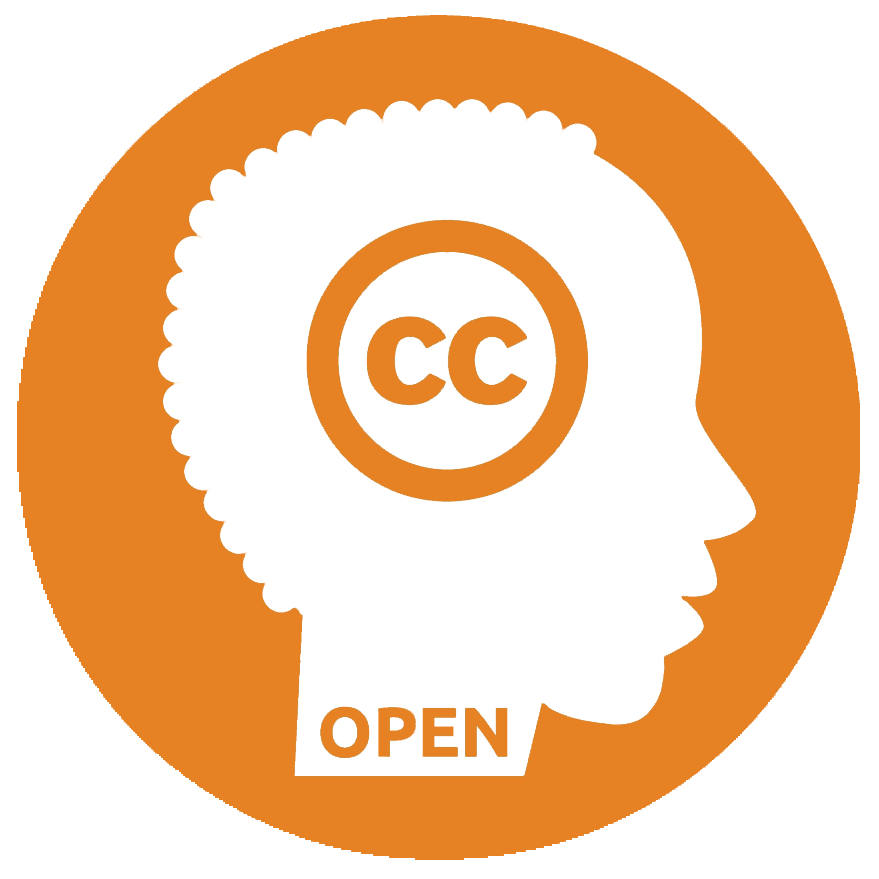Your search
Results 8 resources
-
Previous empirical studies on the effect of scaffolding in game-based learning environments have shown inconsistent findings. In this study, we conducted a meta-analysis to examine the effect of scaffolding in digital game-based learning (DGBL) and to explore a range of moderating factors that may have contributed to the inconsistencies of primary studies. We used the three-level meta-analysis method to analyze the data for handling data non-dependency issues of multiple effect sizes in one...
-
This study seeks scientometric, content and co-occurrence analysis of systematic review and Meta-analysis articles in the feld of gamifcation in education. In terms of purpose, this is an applied study and regarding type, it is a scientometric and co�occurrence analysis. The researchers conducted a search in WoS, Scopus and Pub�Med databases. The abstract and full text of 25 out of 71 articles were selected to be included in the study. Then, the citation and altmetrics indicators were...
-
The purpose of this study is to determine the effect of digital stories on academic achievement. In order to achieve this purpose, meta analysis method was used in the study. Within the scope of the study, ERIC, Google Academic, YÖK Thesis Center, ProQuest, Science Direct and ULAKBİM databases were scanned and 23 studies (10 theses, 13 articles) were included in the meta-analysis using the criteria determined by the researchers. Cochran’s X2 (Q = 285,155, p < .05) test was conducted to test...
-
This research aims to investigate the effect of computer-based teaching (CBT) on students’ academic success. The research used a meta-analytic method to reach a general conclusion by statistically calculating the results of a number of independent studies. In total, 78 studies (62 master’s theses, 4 PhD theses, and 12 articles) concerning this issue were researched based on the literature review of the articles and theses which involved pre-test and post-test control groups and were...
-
In this meta-analysis, we investigated the effects of methods for providing item-based feedback in a computer-based environment on students’ learning outcomes. From 40 studies, 70 effect sizes were computed, which ranged from −0.78 to 2.29. A mixed model was used for the data analysis. The results show that elaborated feedback (EF; e.g., providing an explanation) produced larger effect sizes (0.49) than feedback regarding the correctness of the answer (KR; 0.05) or providing the correct...
-
A meta-analysis was performed to synthesize existing research comparing the effects of computerassisted instruction (CAI) versus traditional instruction (TI) on studentsÕ achievement in Taiwan. Fiftytwo studies were located from our sources, and their quantitative data was transformed into effect size (ES). The overall grand mean of the study-weighted ES for all 52 studies was 0.55. The results suggest that CAI is more effective than TI in Taiwan. In addition, two of the seventeen variables...
Explore
Outcome measure
- Engagement (1)
- Learning (8)
- Motivation (1)
Instructional domain (subject)
- Languages (1)
- Literacy (1)
- Mathematics (4)
- Multiple (8)
- Science (3)
- Social Studies (1)
- STEM (1)
Education Level and Type
- High school 16-18 (2)
- K-12 (6)
- Middle school (1)
- Primary 7-10 (2)
- Secondary 11-16 (1)
- Tertiary (4)
Groups of students
- _No mention (3)
- At-risk (1)
- EAL (1)
- Low socio-economic status (1)
Moderating variables
- Country / culture (2)
- Design-type/ testing instruments (2)
- Grade/education level (6)
- Length of time (7)
- Multiple exposures (1)
- Novelty Effect (1)
- Student characteristics (1)
- Subject
- Teacher involvement (1)
- Teacher pedagogy/implementation (2)
- Teacher professional development (1)
- Tech structure (2)
- Type of instruction methods (student/teacher centered) (2)
- Type of knowledge or task (exposing, procedural, active, etc (3)
Tech Hardware
- Computer (5)
- E-book hardware - e.g. kindle (1)
- Interactive whiteboards (1)
- Internet (1)
- Laptops (1)
- Mobile/Smartphone (1)
- Multimedia (1 or more) (3)
- Tablet (1)
Tech Software
Tech mechanism
- Cooperative learning (e.g. discussion areas) (2)
- Direct instruction (1)
- Drill and practice (1)
- Feedback (5)
- Gamification (3)
- Instructional supports/Demos: worked out examples (2)
- Personalization effect (1)
- Research/Homework/Assignments (1)
- Scaffolding/Varying difficulty levels (1)
- Virtual pen and notetaking (1)
Learning Approach
- Blended learning (1)
- Classroom learning (5)
Teacher Pedagogy
- _No mention (2)
- Collaboration (2)
- Feedback (1)
- Group learning (2)
- Individualised (1)
- PC mixed with real objects (1)
- Peer learning (1)
- Project-based learning (1)
Research methods
Effect size/ heterogeneity
HIC/LMIC
- HIC (high income) (4)
- LMIC (middle/low) (1)
- Mixture or unknown (2)
Quality of research
- High: 6+ (4)
- Medium: 4 or above (4)

